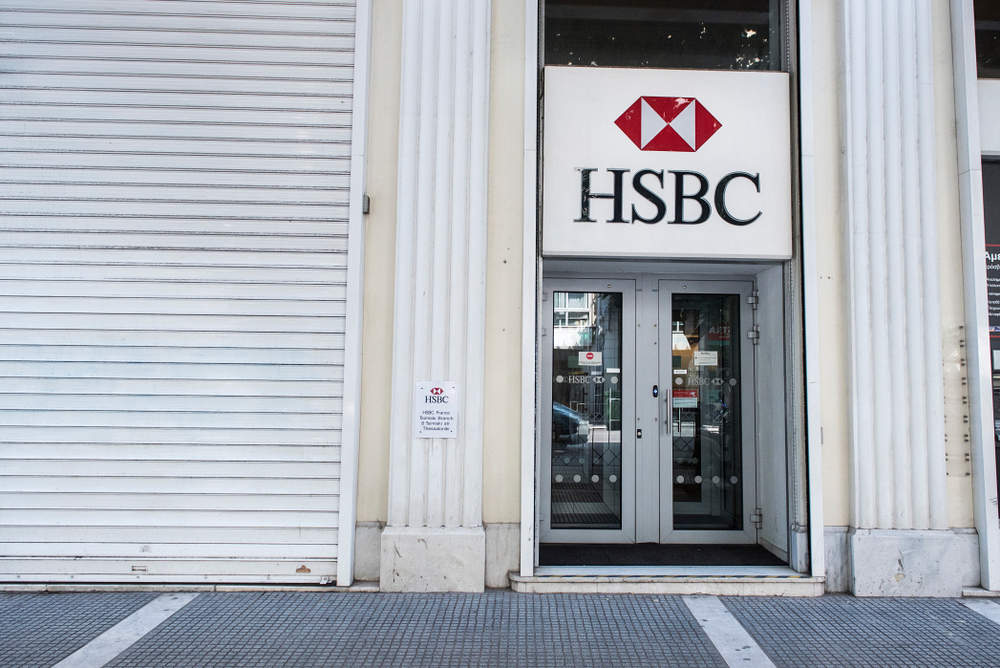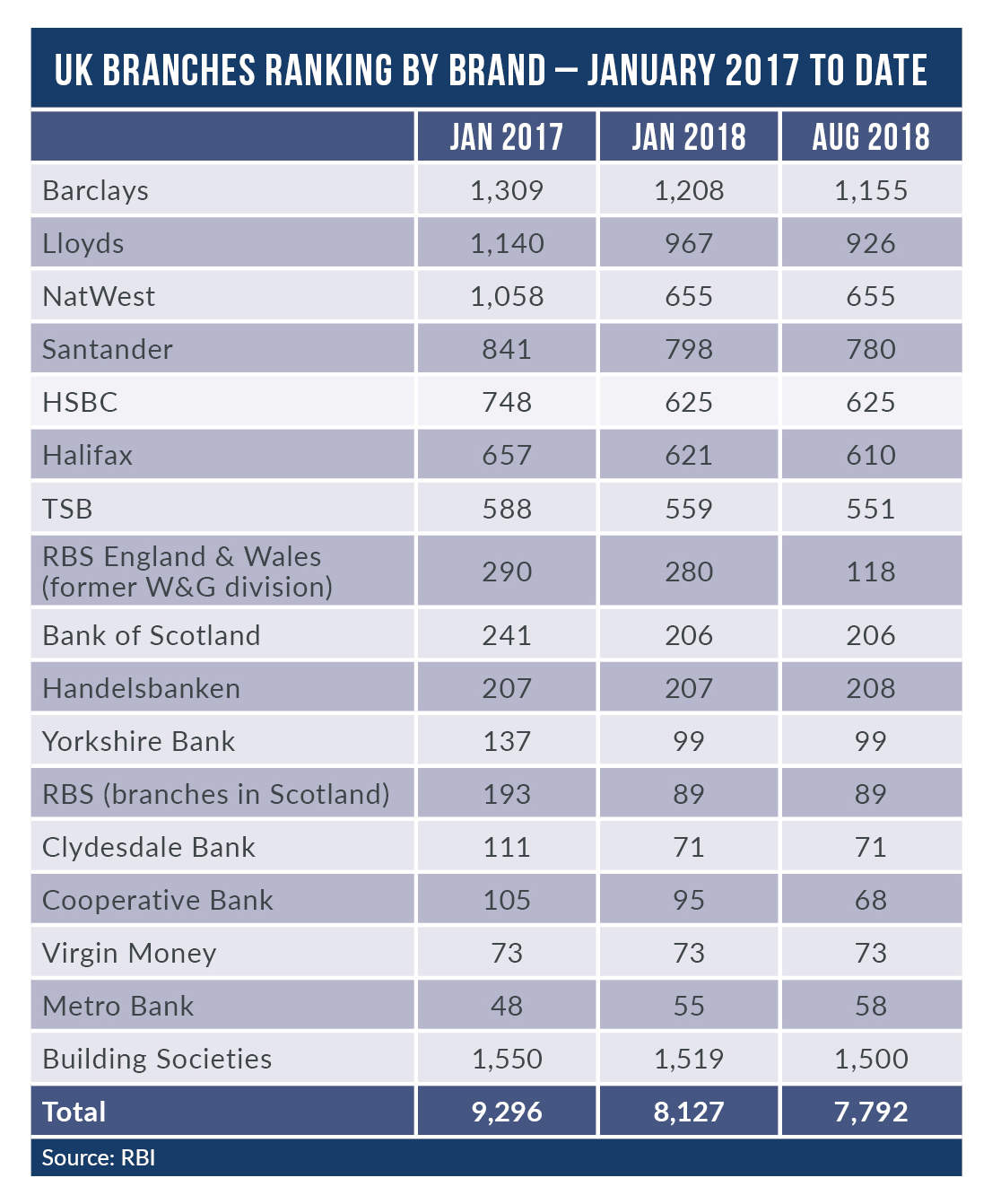
Bank branch closures for the year to date total 336 outlets, a big decline on the pace of closures last year.
In 2017, one in eight UK branches closed: 1,169 branches in total.
RBS NatWest was responsible for the largest branch closure programme in 2017, closing 517 branches.
This year to date RBS has announced 162 branch closures, again the most branch closures programme of any lender.
In May, RBS finally confirmed the cancellation of its Williams & Glyn challenger unit.
This led to the initial closure of all but 118 of its RBS-branded branches in England and Wales.
How well do you really know your competitors?
Access the most comprehensive Company Profiles on the market, powered by GlobalData. Save hours of research. Gain competitive edge.

Thank you!
Your download email will arrive shortly
Not ready to buy yet? Download a free sample
We are confident about the unique quality of our Company Profiles. However, we want you to make the most beneficial decision for your business, so we offer a free sample that you can download by submitting the below form
By GlobalDataBranch closures: Barclays’ largest network by brand
Barclays retains the largest branch by brand with only 53 closures in 2018, leaving 1,155 outlets.
By group Lloyds’ branch network dominates the UK with 1,742 outlets. Its Lloyds branded network has inched down this year by 41 units to 926.
Sister brand Halifax reports only 11 branch closures to 610 with Bank of Scotland’s 206 branch network unchanged.
Lloyds remains vocal in its support for the physical channel despite its success in growing digital banking use.
Lloyds ended the first half of the year with almost 14 million digital customers, including 9.8 million mobile banking users.
Branch closures: Lloyds’ multi-channel commitment
Lloyds invested £3m in its first flagship branch last year in Manchester, the largest ever single investment in a UK branch.
According to Lloyds, the Manchester branch investment is already paying off. It reports 48% greater productivity than pre-launch together with a 14 percentage point rise in net promoter score.
Lloyds has also more than doubled the number of locations proving access to remote advice, increasing customer access to qualified mortgage advisors.
In addition, Lloyds offers 36 mobile branches covering 190 locations, with eight new locations in 2018 added.
By brand, Cooperative Bank has closed the largest percentage of its network in recent years.
As recently as late 2013, the Coop Bank branch network totalled 291 outlets, having peaked at 373 in 2009.
Since late 2013, more than three in four Coop branches have closed. Coop kicked off 2018 with news of 27 branch closures, reducing its network to 68 outlets.
By contrast, Metro Bank remains on track to grow its current 58 branch network to 68 by year end.
Handelsbanken: from 56 branches to 208 in 10 years
Handlesbanken is another lender fully committed to the branch as part of a multi-channel strategy.
Handelsbanken’s UK network has grown quietly to 208 outlets with little fuss or fanfare from only 56 as recently as 2008.
Handelsbanken UK operating profits rose by 15% to £116m in the first half of 2018. Deposits rose by 15% to £13.3bn with lending up 11% to £19.9bn.
Metro Bank and Handelsbanken do not just share a belief in the importance of the branch channel. Metro and Handelsbanken’s customer service drive consistently result in the highest NPS in the UK sector.
By that measure only Nationwide and First Direct come close to Metro/Handelsbanken.








